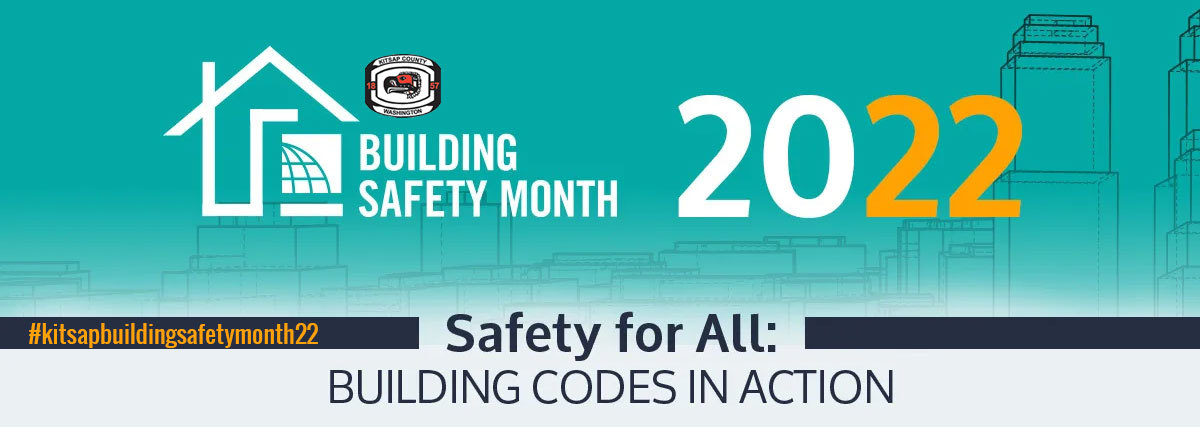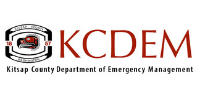May is Building Safety Month. One critical component of construction is making buildings stronger by using the latest scientific data. This minimizes the impact the impact of natural disasters like earthquakes. Taking steps to make our buildings stronger during initial construction, along with retrofit measures years later, is called Mitigation. Mitigation is one of the Four Phases of Emergency Management.
The International Code Council notes that The National Institute of Building Science (NIBS) conducted a 2019 report, Natural Hazard Mitigation Saves, that represents the benefit-cost analysis of natural hazard mitigation. Up-to-date codes can save $11 for every $1 invested.
Training is available for this month for facility managers and building supervisors on the strengthening a building’s resiliency to earthquakes. The National Earthquake Technical Assistance Program under FEMA is providing several one-day online trainings this month at no cost. Dates and registration information can be found here. Additional earthquake safety and resources can be found here.
According to FEMA, only 25 percent of hazard-prone jurisdictions in the U.S. adopt the latest two editions of hazard-resistant building codes.
When communities adopt and enforce the latest codes, they are more likely to qualify for federal emergency management funding and for more post-disaster recovery assistance. Newly expanded FEMA grants in the U.S. fund code adoption, administration and enforcement pre- and post-disaster – providing new resources for U.S. communities to update or build out enforcement efforts.
FEMA’s National Building Code Adoption Tracking Portal is a detailed interactive map that displays code adoption and code weakening information for jurisdictions at risk, across five hazards.
To learn more about building codes, check out:
- Introduction to Building Codes
- Building Codes: How They Help You
- Benefits of Building Permits
- FEMA’s Building Codes Toolkit
- FEMA’s Building Science Resource Library


